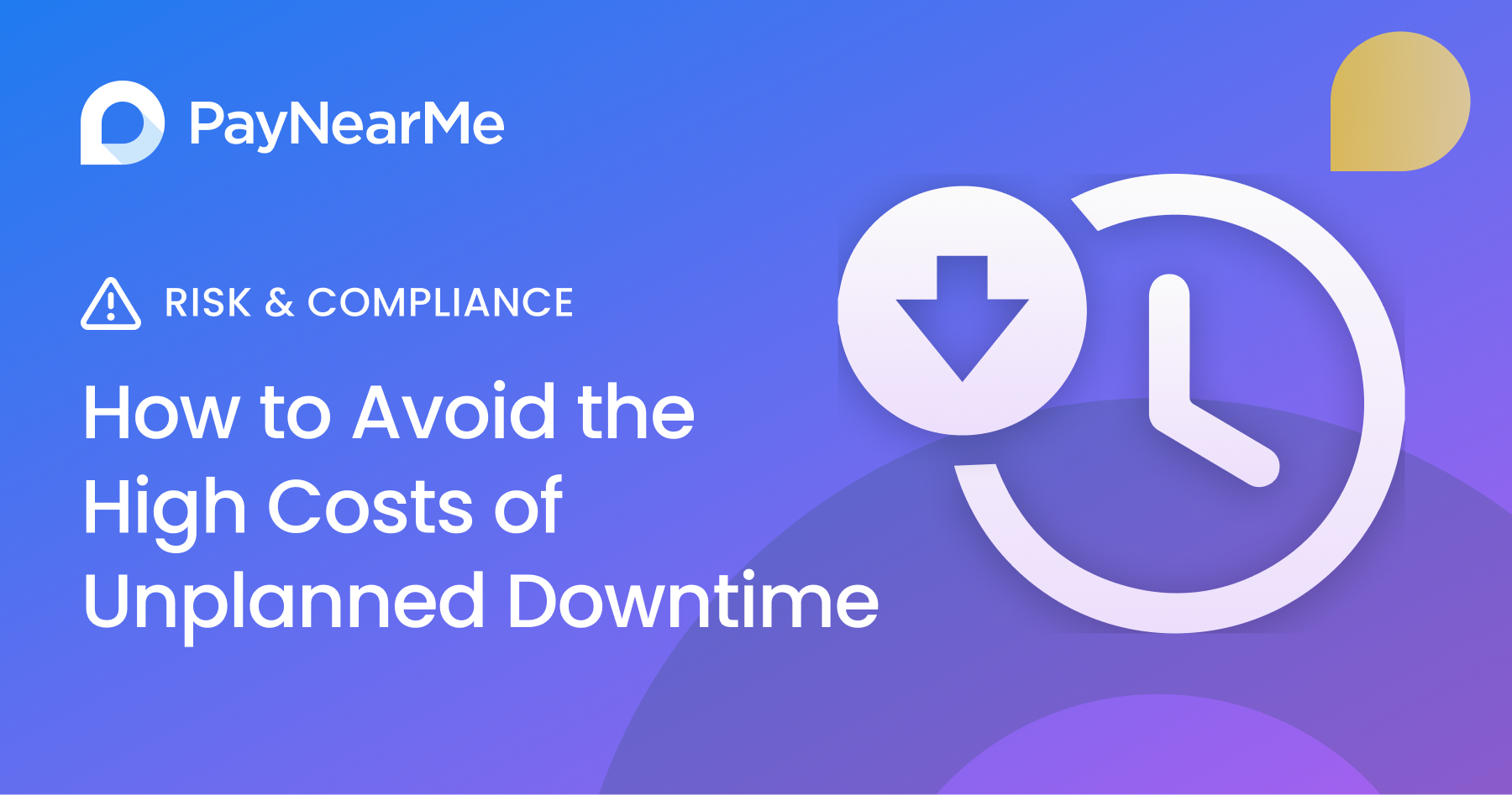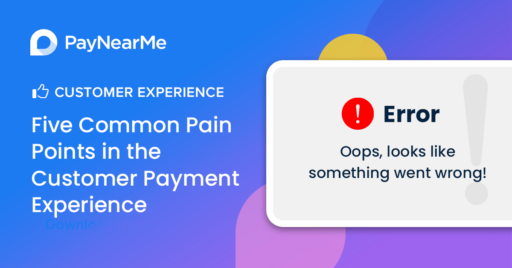How to Avoid the High Costs of Unplanned Downtime in Bill Payment

A practical reality of bill payment is that success relies on ensuring a simple, convenient – and reliable – experience. Today, that means digital, as paying bills online or via mobile is now the top choice for consumers. Almost two-thirds (65%) use their phone for bill pay and 54% use a biller portal. More and more, people want the convenience and security of using digital channels – and when unexpected outages disrupt that experience, it can result in significant costs to a business in terms of financial loss and brand reputation.
Consider the ACH network error that happened in late 2023, when many major banks were hit with delays in direct deposits. While this disruption was not the fault of the banking providers, their customers quickly took to social media to voice complaints and a lack of confidence. Imagine the impact on a lender or biller if their only merchant services processor goes down – the business could be facing substantial risks.
Why is it so critical to safeguard against unplanned downtime? Here we’ll look at some major factors that can derail a business, and how billers can build reliability into their payment experience to minimize negative impacts.
The high impact of downtime
Billers and lenders are already challenged with rising delinquencies and fierce competition putting a dent in their profit margins. Unplanned outages in the payment experience compound the problem. Many companies rely on payment service providers that claim to have redundancy within their systems but only depend on a single merchant processor to accept debit and credit cards, but what if that service goes down?
Disruptions can erode profitability on many levels, for example:
Financial losses
Over 60% of unplanned outages cost each company at least $100,000 in losses in 2022, a big leap up from 39% in 2019. And the problem is escalating. 1 in 5 organizations had a ‘severe’ outage in the past three years, and depending on the size of the organization, unplanned downtime could cost anywhere from about $200 to $9,000 per minute on average.
60% of unplanned outages cost companies $100K+ in losses
Uptimeinstitute.com
Losses can come in many forms. First, customers might abandon the online payment process and skip or delay making a payment at all. Or they turn to speaking with an agent over the phone to complete their payment, which is often how billers discover their digital payment service is down because call centers are suddenly flooded with concerns. While agents can placate customers, it stacks up unnecessary costs for the business. Handling a support call costs up to $8 on average, compared with only $0.10 for a self-service digital payment, according to PayNearMe research.
Operational disruptions
Unexpected downtime can slow down productivity as agents are tied up in accepting phone payments rather than focusing on strategic work like improving collections. The business may also need to scramble to post notifications on their bill pay portal and mobile app to alert customers that there is a known issue. Delays can also upset accounting processes and month-end closing.
Customer dissatisfaction
When customers cannot successfully complete a digital payment, the experience can be unnerving. People may be concerned about whether or not the payment went through, if their data is still safe, how to get a payment in on time to avoid a late fee, and so on. And undoubtedly, an unplanned outage that creates spikes in support calls also creates long waits in the phone queue that frustrate customers.
Collectively, the stress and the hassle can lead to a loss of trust and loyalty. And if customers air complaints in social media, it broadcasts a negative impression that can make it harder for companies to attract new business.
The good news is that businesses no longer need to face the risks of unpredictable payment services. Using strategic fintech innovation, they can now avoid the problem altogether.
How billers can avoid downtime risks
Every payment processor is susceptible to unforeseen issues, from power outages to glitches caused by a high volume of transactions. And typically, there’s no way to predict when service will be restored. While modern payment providers incorporate redundancy and disaster recovery into their platforms, many overlook the inherent single point of failure that’s introduced with relying on just one merchant processor, leaving systems exposed to potential disruptions and risk. That’s why it’s imperative for billers to always have a ‘Plan B’ that can kick in immediately to avoid any service disruption.
Some businesses attempt their own workaround by sourcing an additional merchant processor as a backup, but that can be expensive to implement and can make reconciliation very complicated.
A substantially easier and more effective solution is using innovative technology for ‘redundant card processing’ to maintain uptime and ensure higher acceptance rates. For example, PayNearMe’s Smart Switch™, a first-to-market technology, protects businesses by streamlining management of multiple merchant payment processors, reducing potential downtime from hours to seconds.
How does it work? PayNearMe clients are onboarded to multiple merchant processors with a single integration and a single contract. The platform then uses Smart Switch to collect data in real time and if a merchant processor goes down, the system reroutes card transactions through an alternate active processor.
And it all happens with zero effort for IT teams. Companies can scale confidently knowing that even in peak times, payments will continue to process smoothly, creating better customer experience and more profitable business outcomes.
Redundant card processing has long been the standard for highly sophisticated e-commerce merchants, but has been out of reach for most others due to the complex technical expertise and ongoing maintenance required. PayNearMe clients gain access to Smart Switch with no additional work or configuration.
Steve Kramer, Vice President of Product, PayNearMe
Minimize risk and maximize uptime
Driving growth and increasing competitive advantage rely on reducing the cost of payment acceptance while improving customer engagement and operational efficiency. PayNearMe’s flexible, reliable platform makes it possible. With best-in-class capabilities, billers can future-proof the payment experience, including Smart Switch redundant card processing to shield the business from the risks of downtime.
Learn more on our website and schedule a call for a personalized demo.




